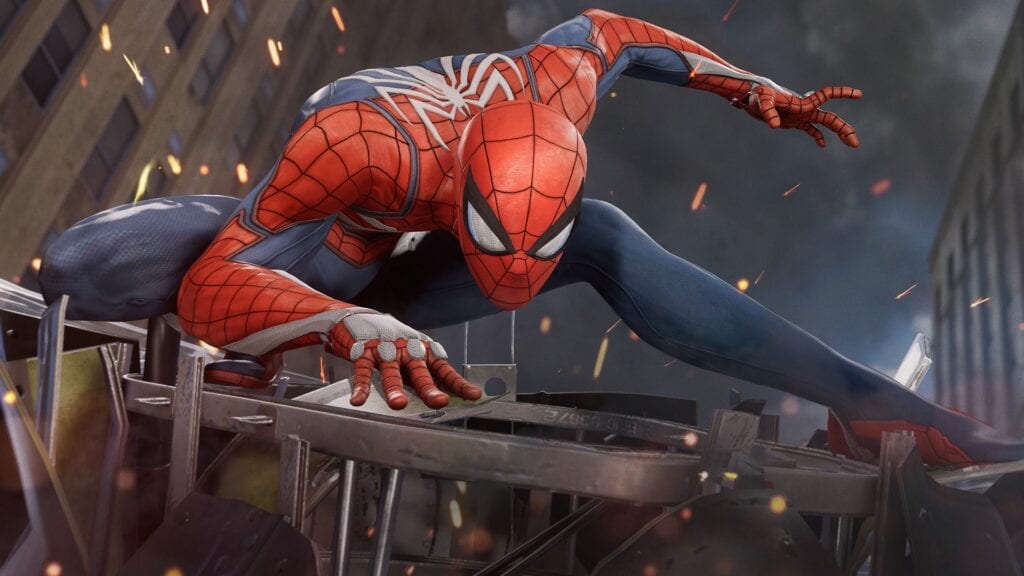Marvel’s Spider-Man Designer Reveals How They Made the Magic Happen

There can be no denying that it takes a lot of work to create video games, though when a developer studio sits down and really puts in the time and effort, the results can be truly breathtaking. One such example of excellent video game craftsmanship is none other than Marvel’s Spider-Man for the PlayStation 4, a product of years of work by the folks over at Insomniac Games. Now, one of the studio’s graphical designers has pulled back the curtain to reveal how they created some of the half-tone texturing for Spidey’s suits.
The breakdown is actually in a response to a fan that noticed that Insomniac had created Spidey’s suits using a specific half-tone design, and as such the fan reached out to the developer to ask how they went about doing it. The original tweet can be found below:
OMG @insomniacgames did the halftone/hatching lighting/texture stuff I’m still trying to figure out!!! Please, as a budding tech artist, I must ask: HOW???
I’ve only got the basics of shader programming so far but want to do this in UE4. pic.twitter.com/rnsLQ2Mbh4— Glen M. (@gfmanalo) December 22, 2018
Insomniac Games graphical tech artist @jbtuason answered the request in glorious fashion, not only explaining the process, but drawing actual descriptive pictures to illustrate how the process worked. Here’s the full breakdown by the designer:
hey there! for this shader i treat the light like a mask. in the areas of shadow i masked on the screenspace hatching while in areas of brightest light i masked on the screenspace halftone. https://t.co/e3yfVZP6Mj
— J ? they/them (@jbtuason) December 23, 2018
you can isolate areas of these values that you want to use as masks using pow, multiply, etc. i prefer to use a value remap such as smoothstep which is kind of similar to “levels” and feels more art direct-able to me since i can adjust the mask position and softness pic.twitter.com/H3Qvy4Zn2U
— J ? they/them (@jbtuason) December 23, 2018
the halftone is actually applied as specular reflectance. it was a bit of a hack where we could mix in both the S shaped suit spec detail (which uses mesh UVs + applied to whole mesh) and the halftone spec in a way that looked kind of separate and directed like the movie….
— J ? they/them (@jbtuason) December 23, 2018
for the tech artists + gr programmers: the shader uses ggx lighting model! the texture masking uses the remapped lambertian explained here. rewriting the lighting model to match the movie was Very out of scope but something id be curious to see ???
— J ? they/them (@jbtuason) December 23, 2018
As seen above, it takes quite a lot of work to design suits for Spider-Man, something fans may want to remember the next time they go demanding specific suits from the developer. Thankfully the designer was extremely informative, and was more than willing to pass on their know-how to aspiring artists.
Marvel’s Spider-Man is now available exclusively for the PlayStation 4.
So, thoughts on the process behind creating half-tone designs for player suits? What did you think about the designer’s responses? Let us know in the comments section below, and as always, stay tuned to Don’t Feed the Gamers for all the latest gaming and entertainment news! Don’t forget to follow DFTG on Twitter for our 24/7 news feed!

Ryan "Cinna" Carrier3026 Posts
Ryan is the Lead Editor for Don't Feed the Gamers. When he isn't writing, Ryan is likely considering yet another playthrough of Final Fantasy IX. He's also the DFTG cinnamon bun.










